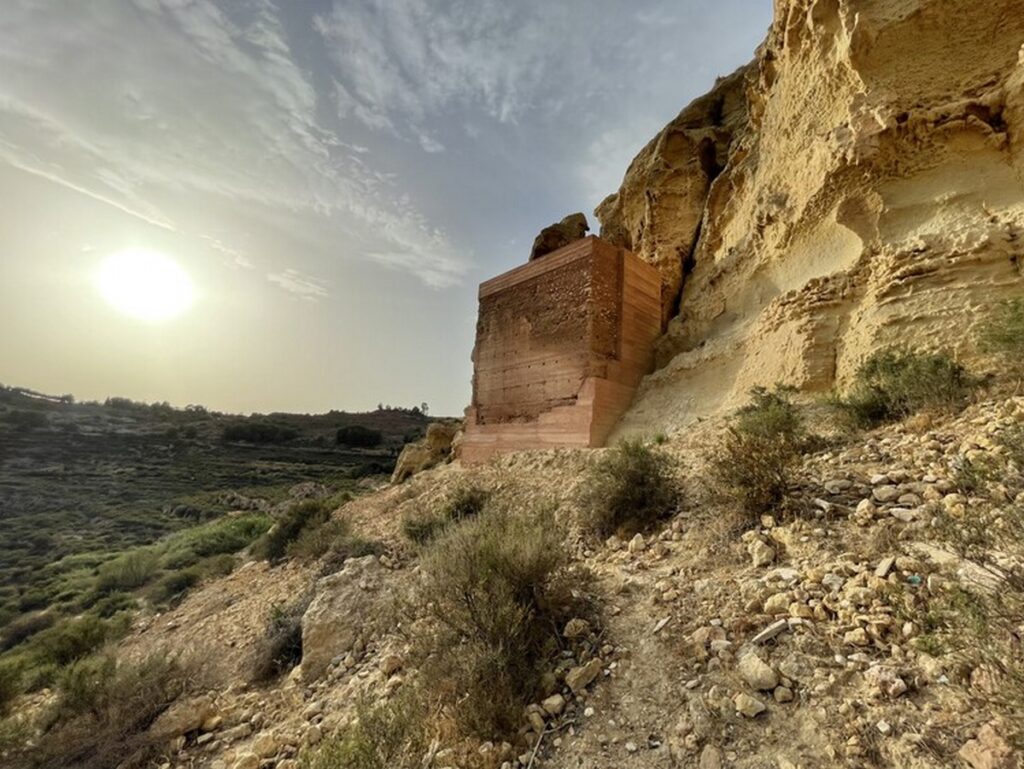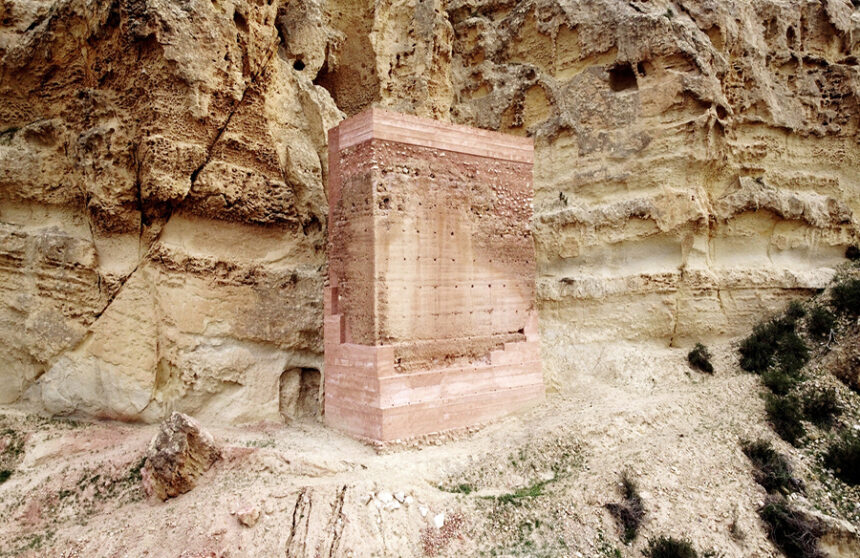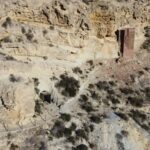The restoration of the Tower of Water in Aledo, Spain, undertaken by Estudio Huma, embodies a deep reverence for water as a vital element sustaining life. Dating back to the 15th century, this defensive structure has undergone meticulous restoration to preserve its historical significance and architectural integrity.

Rediscovering History
The Tower of Water, named for its historical association with water management, has been carefully restored to uncover new insights into its past. The restoration process involved faithful reconstruction, adhering closely to the tower’s original footprint and utilizing medieval building techniques and materials.
Volumetric Recovery
The restoration efforts focused on volumetric recovery, ensuring that the tower retained its original silhouette and appearance. Reinforcement and patching were carried out using traditional methods, including in situ wooden formwork filled with white lime, stones, and local sand. This meticulous approach restored the tower’s reddish hue, blending it seamlessly with its surroundings.

Preservation of Surroundings
The restoration extended beyond the tower itself to encompass its surrounding environment. Native plants such as thyme, rosemary, mastic, and rockroses were reintroduced, restoring the natural landscape and reinforcing the tower’s connection to its surroundings. The rugged topography of the valley serves as a backdrop, emphasizing the tower’s singular presence.
Access and Control
A new horn-shaped door was installed to provide access and control to the snail mine adjacent to the tower. Crafted with steel plates, the door allows for ventilation and natural light while maintaining security. This subtle yet functional design element integrates seamlessly with the restored tower.

Renewed Legacy
Today, the Tower of Water stands as a testament to the enduring legacy of history and architecture. Through careful restoration, its wounds have been healed, and its proud countenance has been renewed. As history continues to unfold, the tower remains a symbol of resilience and preservation, welcoming visitors to explore its storied past amidst the tranquil landscape of Aledo, Spain.
















Leave a Reply